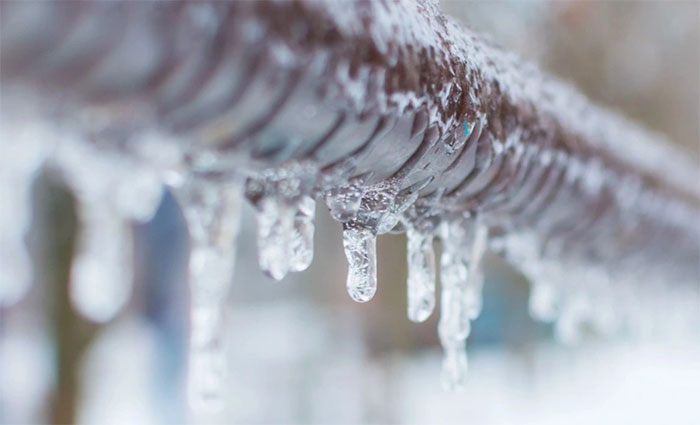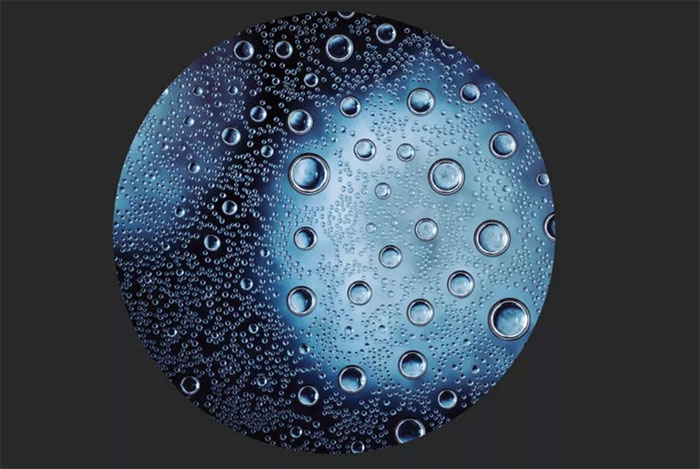Scientists at the University of Houston have just broken the record for the freezing point of water, while also uncovering the significant implications of this discovery for energy and aerospace systems.
Water transforming into ice is one of the essential factors in natural processes. Accordingly, climate fluctuations, cloud dynamics, and water cycles are all influenced by the transformation of water – ice, including the species that live in frozen environments.

Water transforming into ice. (Photo: Getty Images).
By creating ice from tiny droplets consisting of just a few hundred molecules, researchers have lowered the freezing point of water to unprecedented levels and changed what we know about how ice forms.
Generally, water begins to freeze at 32 degrees F (0 degrees C). However, in reality, water can remain in liquid form over a range of cold temperatures under certain conditions. Until now, it was believed that this range stopped at -36 F (-38 degrees C). At this temperature, water is forced to freeze.
However, based on a study published on November 30 in the journal Nature Communications, researchers managed to keep water droplets in liquid form at temperatures as low as -47.2 F (-44 degrees C).
To achieve this, the researchers created a “super tiny” water droplet consisting of 275 water molecules, measuring 150 nanometers – slightly larger than a flu virus.

Super tiny water droplet beginning to freeze. (Photo: Getty Images).
They then coated it with octane – a type of oil, allowing the droplets to take on a rounder shape under higher pressure. This factor is crucial in preventing the formation of ice at low temperatures.
The researchers also found that the smaller the water droplet, the colder the ice must be. For droplets measuring 10 nanometers or smaller, the rate of ice formation decreases significantly.
Hadi Ghasemi, a professor of mechanical engineering at the University of Houston and co-author of the study, stated that this discovery could have significant implications for preventing ice buildup on man-made materials, such as in energy and aerospace systems.
According to Hadi, if water on soft surfaces takes longer to freeze, engineers could incorporate a mixture of soft and hard materials into designs to prevent ice accumulation on those surfaces.


















































